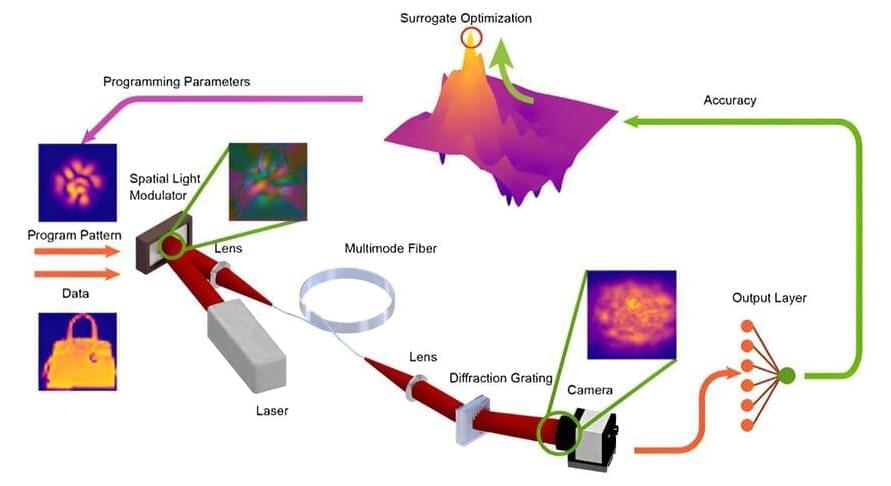This can free humans from taking on those tedious — and potentially dangerous — jobs, but it also means manufacturers need to build or buy a new robot every time they find a new task they want to automate.
General purpose robots — ones that can do many tasks — would be far more useful, but developing a bot with anywhere near the versatility of a human worker has thus far proven out of reach.
What’s new? Figure thinks it has cracked the code — in March 2023, it unveiled Figure 1, a machine it said was “the world’s first commercially viable general purpose humanoid robot.”




